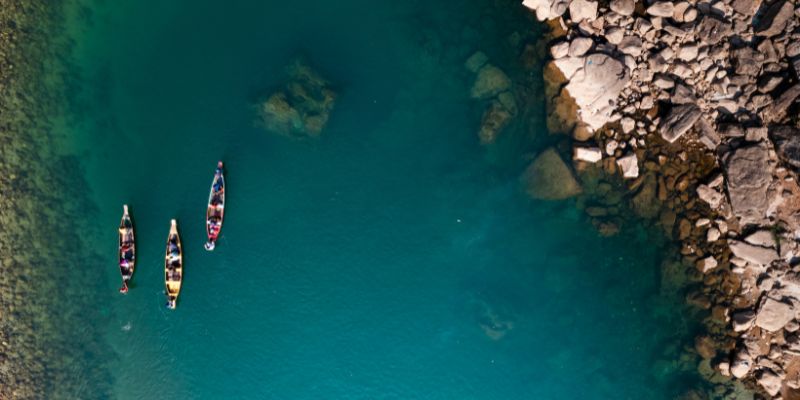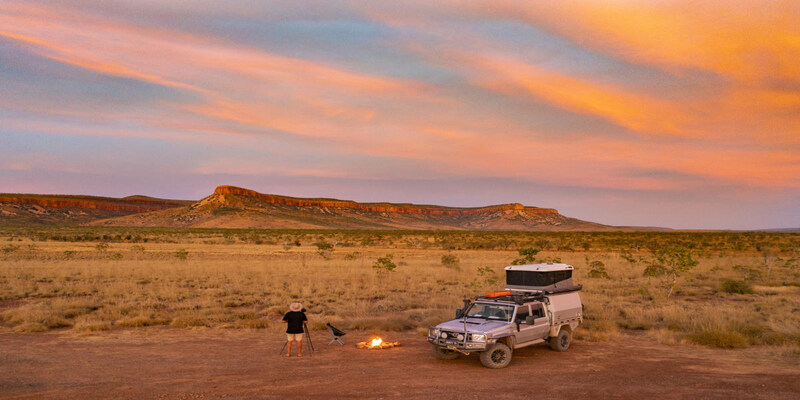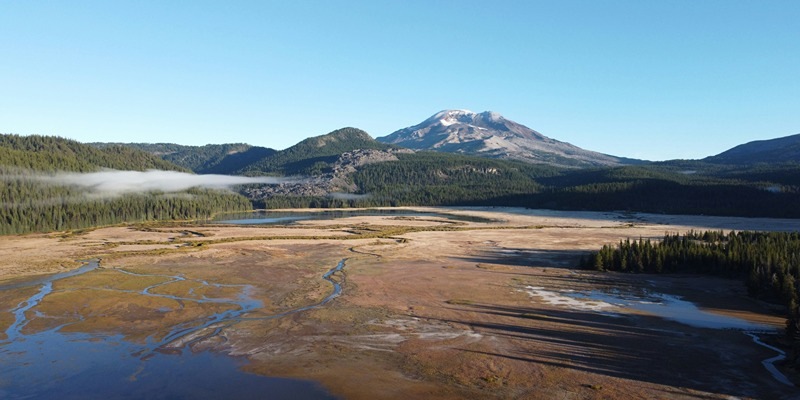Mount Everest, standing majestically at 8,848.86 meters (29,031.7 feet), is the world's highest peak and a symbol of human exploration and endurance. Located in the Himalayas on the border between Nepal and the Tibet Autonomous Region of China, Everest has captured the imagination of adventurers, climbers, and nature enthusiasts worldwide. The allure of reaching the summit, often referred to as the "roof of the world," draws hundreds of climbers each year despite its formidable challenges. The mountain's unique geological features, extreme weather conditions, and cultural significance make it a fascinating subject of study and admiration, offering endless stories of triumph and resilience.
Geological Marvels and Formation
The Formation of Mount Everest
Mount Everest's formation is a result of a colossal tectonic collision that began around 50 million years ago. This collision occurred between the Indian and Eurasian tectonic plates, which continues to push the Himalayan mountain range upward to this day. The process created a complex structure of folded, faulted, and uplifted rocks. Everest itself is primarily composed of marine limestone, schist, and gneiss, indicating that the region was once submerged under an ancient sea. The peak, known in Nepal as "Sagarmatha" and in Tibet as "Chomolungma," rises through various rock layers, each telling a story of Earth's geological history.
The Growth and Movement of the Himalayan Range
The Himalayas, including Mount Everest, are still growing due to the ongoing tectonic activity. The Indian plate continues to move northward into the Eurasian plate at a rate of about 5 centimeters per year, causing the region to rise approximately 4 millimeters annually. This movement contributes to frequent earthquakes and geological shifts in the area. The dynamic nature of the Himalayan range makes Everest not just the tallest mountain on Earth but also a constantly changing geological feature. The mountain's growth and the shifting landscape provide valuable insights into plate tectonics and the processes shaping our planet.
The First Ascents and Record-Breaking Climbs
The Historic 1953 Ascent by Hillary and Norgay
The first successful ascent of Mount Everest's summit was achieved on May 29, 1953, by Sir Edmund Hillary of New Zealand and Tenzing Norgay, a Sherpa of Nepal. This historic achievement was the culmination of a British expedition led by Colonel John Hunt. Hillary and Norgay's successful climb was a landmark moment in mountaineering history, symbolizing human determination and the spirit of exploration. The duo's ascent was made possible by a combination of meticulous planning, advanced climbing techniques, and the invaluable experience of the Sherpas. Their accomplishment inspired countless others to attempt the formidable challenge of reaching Everest's summit.
Notable Records and Achievements on Everest
Since the first ascent, Mount Everest has been the site of numerous record-breaking achievements. Junko Tabei of Japan became the first woman to summit Everest in 1975, and Reinhold Messner, alongside Peter Habeler, completed the first ascent without supplemental oxygen in 1978, showcasing human physical limits. Apa Sherpa, also known as the "Super Sherpa," has summited Everest a record 21 times, highlighting the remarkable capabilities of the Sherpa climbers. In 2010, Jordan Romero, a 13-year-old American, became the youngest person to reach the summit, while Yuichiro Miura of Japan holds the record for the oldest climber, summiting at the age of 80 in 2013. These feats, among many others, continue to make Everest a focal point for mountaineering achievements and a source of inspiration worldwide.
Unique Challenges and Dangers of Climbing Everest
The Death Zone and Extreme Altitude Challenges
Climbing Mount Everest presents unique challenges, particularly at altitudes above 8,000 meters (26,247 feet), known as the "Death Zone." In this extreme altitude, oxygen levels are insufficient to sustain human life for extended periods, causing severe physical and cognitive impairments, such as hypoxia, cerebral edema, and pulmonary edema. The lack of oxygen and harsh conditions require climbers to use supplemental oxygen, but even with this aid, the physical toll is significant. The Death Zone is a critical phase of the ascent, where every step becomes a monumental effort, and the risk of life-threatening conditions increases dramatically.
Weather Conditions and Avalanches
Mount Everest's weather is notoriously unpredictable and can change rapidly, posing significant risks to climbers. High winds, known as the "Jet Stream," can exceed 160 kilometers per hour (100 mph), making conditions on the summit extremely dangerous. Temperatures can plummet to -60C (-76F), and sudden snowstorms can lead to whiteouts, loss of visibility, and hypothermia. Avalanches are another major hazard on Everest, particularly on the Khumbu Icefall, a treacherous section with constantly shifting ice towers and crevasses. These natural dangers, combined with the physical challenges of the climb, make Everest one of the most perilous peaks in the world.
Cultural Significance and Sherpa Contributions
Mount Everest holds deep cultural and spiritual significance for the local people, especially the Sherpas. Known as "Chomolungma" in Tibetan, meaning "Goddess Mother of the World," Everest is considered sacred. Sherpas play an indispensable role in mountaineering expeditions, providing invaluable support, expertise, and guidance. Their contributions have been crucial in making many successful ascents possible. The Sherpa community's intimate knowledge of the mountain and extraordinary climbing skills have not only facilitated countless expeditions but have also highlighted the unique cultural heritage and resilience of these high-altitude dwellers.
Conclusion
Mount Everest remains a symbol of human ambition, resilience, and the spirit of exploration. From its geological marvels to the remarkable feats achieved by climbers, Everest continues to captivate the world. The mountain's extreme challenges and dangers only add to its allure, while the cultural significance and contributions of the Sherpa people underscore its rich heritage. As climbers continue to push the limits of human endurance, Everest stands as a testament to the enduring fascination with the world's highest peak, inspiring adventurers and dreamers alike.




